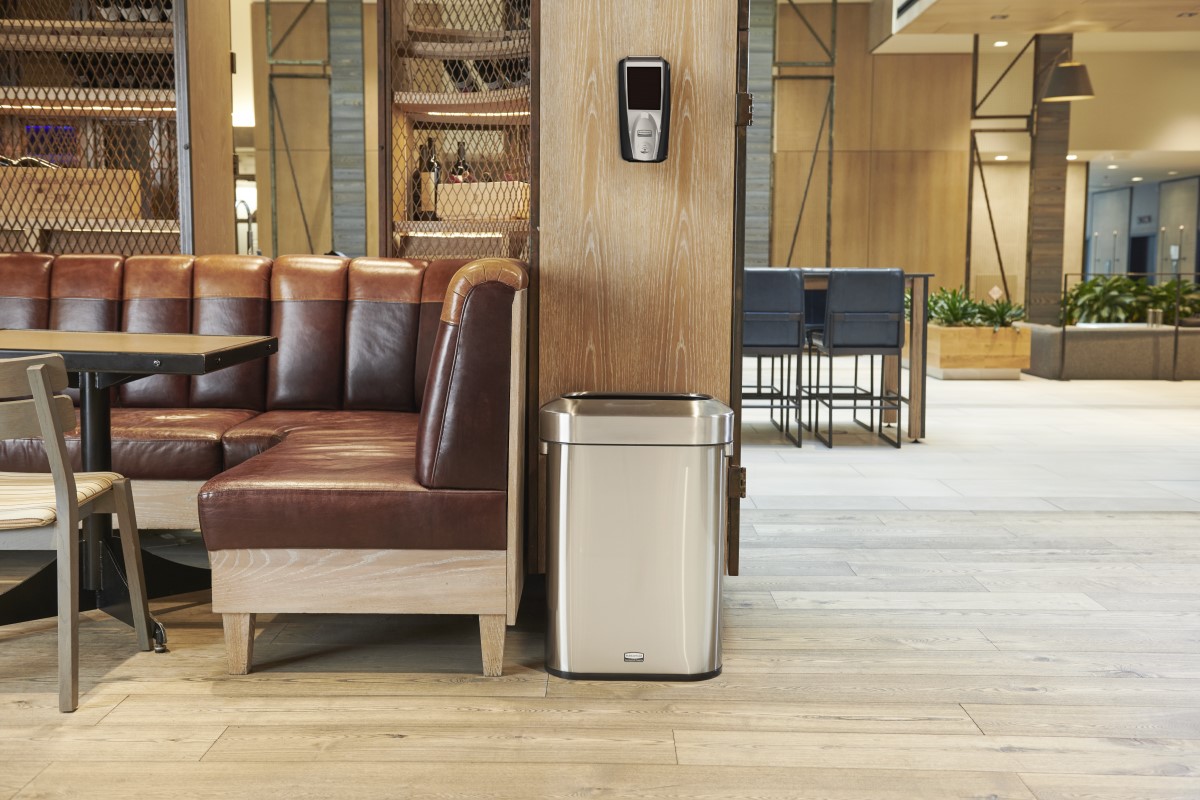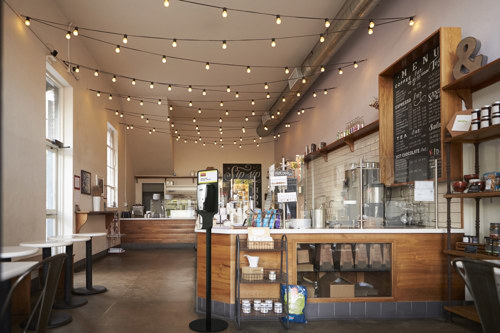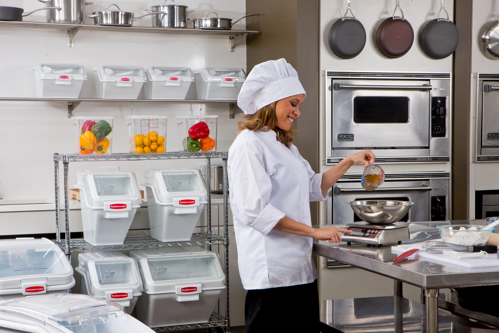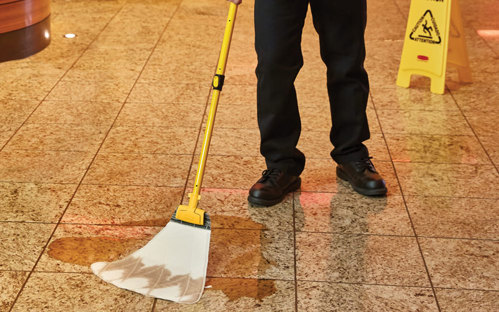
In our post-COVID world, it has never been more important to ensure a safe dining experience for restaurant guests. This means your restaurant's cleaning procedures are vital to its success and your customer's enjoyment.
Read on to discover the importance of thorough cleaning practices and effective techniques for cleansing your restaurant space moving forward.
The cleanliness imperative
More than any other industry, restaurants have suffered significantly since the COVID-19 outbreak began. According to the Restaurant and Catering Industry Association of Australia Inc, 82% of people now say that simply knowing that high-touch surfaces are disinfected is a motivational force when making restaurant choices. With that, restaurant owners and employees must pursue a new level of cleanliness to assure guests understand their commitment to hygiene and safety.
It’s safe to assume no one wants to worry about whether or not the restaurant they’re eating at is clean. Even before 2020, restaurants were under intense pressure to have regular cleaning practices. Since the outbreak of COVID, people have a heightened awareness of hygiene and expect facilities to be spotless.
How to make a restaurant cleaning schedule
One of the best ways to maintain a clean kitchen, bathroom and dining area is to make a restaurant cleaning checklist and schedule tasks for employees. A restaurant cleaning checklist should include disinfecting the entrance and hostess station, sanitising all tables and bars, dusting, mopping, thoroughly cleaning the bathroom and kitchen, and disposing of rubbish. Your list should include regular cleaning and monthly cleaning tasks, all of which are checked by a manager or staff member upon completion.
How to implement effective procedures in any food service facility
It’s important to keep employees and guests safe. To do that, restaurant owners need to have restaurant cleaning procedures that all staff are aware of.
According to the Australian Medical Association (AMA) and the World Health Organisation (WHO), the four key areas to focus on for commercial kitchens are hand hygiene, cleaning, waste management and safety. Use these best practices for exceptional cleanliness in your restaurant.
Hand hygiene
Put signs in your bathroom, kitchen, storage area and front-of-house to raise awareness of good handwashing practices. The AMA recommends lathering hands with soap and water for at least 20 seconds before rinsing and drying. Keeping areas stocked with hand sanitisers also allows patrons to kill bacteria on their hands without visiting a bathroom facility.
Cleaning
Kitchen cleaning is imperative to managing an efficient restaurant, but the same cleaning practices must be used throughout the entire space. Thoroughly wash every high-touch surface at least once daily — if not more. These surfaces include pens, counters, tables, door handles, light switches, handles, stair rails and sinks.
Waste management
To have the cleanest commercial kitchen, replace open-lid trash cans with closed-lid units. Keep bins close to cleaning stations to ensure waste is disposed of immediately.
Safety
Give every customer personal space to ensure they feel comfortable and safe. Minimise face-to-face contact in your back room by arranging kitchen staff side-to-side and back-to-back.
From the kitchen to the restrooms — diners pay attention to the details
Refusing to implement cleaning standards can affect the guest experience and the number of returning customers. In more serious cases, it can also result in restaurant shut down. For many people, eating out is meant to be a pleasurable break from cooking food or being at home. If guests are nervous about a lack of cleanliness or feel uncomfortable in your restaurant, their dining experience will suffer.
Commercial Kitchen
To maintain top-quality food safety; the place food is prepared must be spotless. Sanitise the prep areas in the kitchen by removing visible spills, crumbs and grease with a microfibre cloth and your choice of sanitiser. Using a sanitiser spray bottle can encourage staff to wipe surfaces and equipment frequently. Dust and mop the kitchen floor and keep soap and sanitiser on hand and available to employees.
Restroom
Disinfect the sink, counter and toilet with different coloured microfibre cloths to avoid cross-contamination. Remove all fingerprints, splash marks and smudges from the mirrors with a damp cloth. Use disposable mop heads to clean the floors to eliminate bio-hazards.
Dining Area
Give customers the enjoyable and comfortable experience they came for. Wipe all high-touch surfaces after each. Dust and mop the floor every two hours or when soiled to maintain a spotless environment.
Rubbermaid Cleaning Solutions
It’s not enough to simply clean a restaurant. Using the highest-quality products to prepare your space can guarantee the highest level of cleanliness. Rubbermaid Commercial Products deliver the cleaning results that restaurants need. It is Rubbermaid's mission to provide durable and innovative products that produce exceptional cleanliness.
Their range provides front and back-of-house solutions to enhance the guest experience and keep all patrons safe. Discover more through the Food Service Product Recommendations Guide or our website.